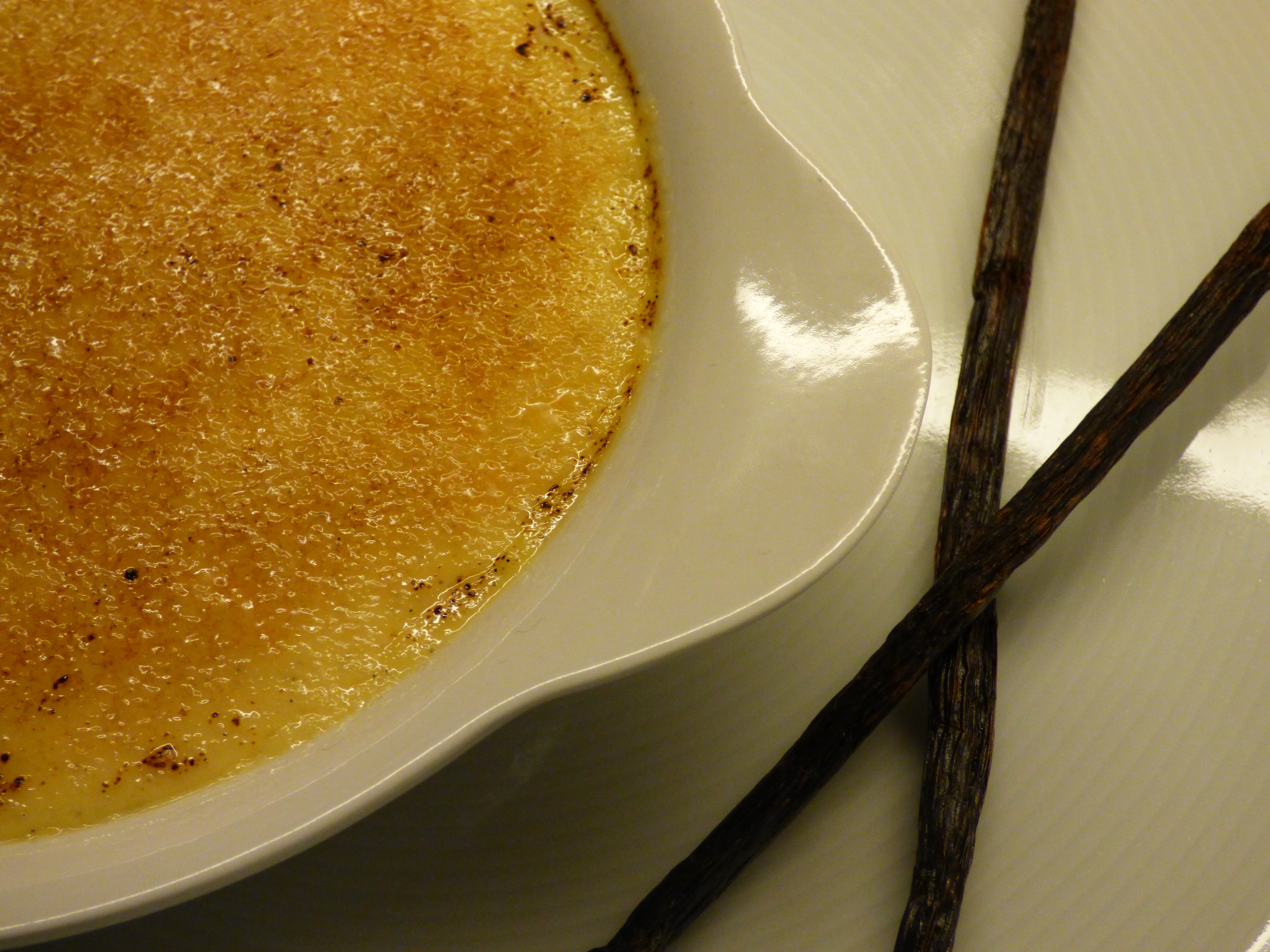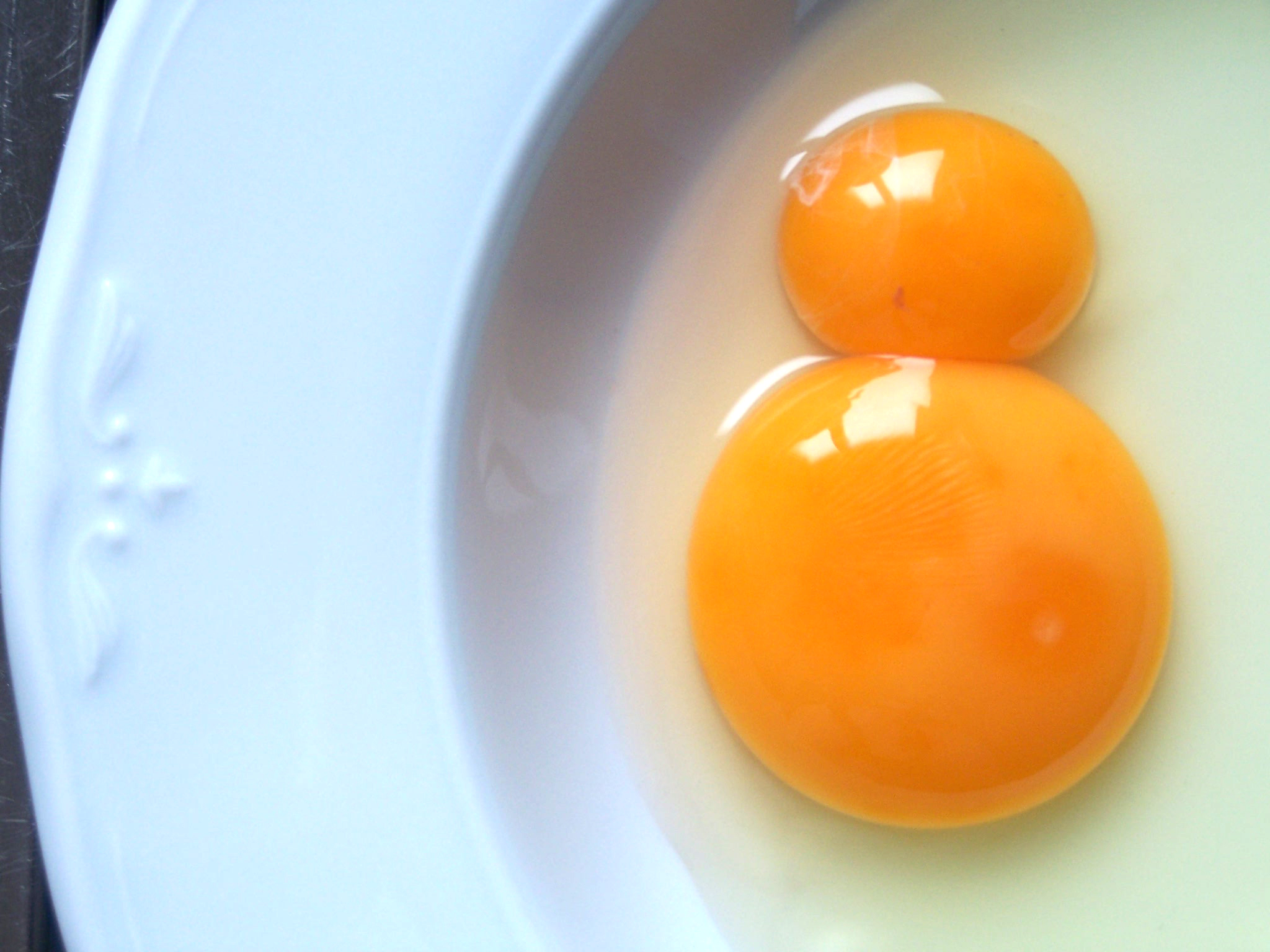The French are simply kings and queens in the kitchen and as such there’s no surprise that they’ve come up with the recipe of the crème de la crème – the crème brûlée.
The French have left a footprint in the culinary history that is so impressive, it could never disappear. From gourmet kitchen to eating French baguettes with butter – everything, connected to food they do in a refine, yet impressive way. And it tastes amazing.
The Veteran among Desserts

For pragmatic people, the crème brûlée is just creamy egg yolk custard base topped with a layer of hard caramel. For the connoisseurs though, crème brûlée is a symphony of sweetness and scent in a creamy form. The author of this dessert is François Massialot, a French chef, who includes 1691 the recipe in his cookbook. The name of this dessert remains the same throughout the years and up until today. Still, in 1731, when the edition of the cookbook was translated into English, the dessert was called crème anglaise or “English cream”. There are different alternatives of this dessert in other European countries as well – Trinity cream in England, crema catalana in Catalonia, leite creme in Portugal. All of them though have their own flavors and other differences from the original.
The Devil’s in the Details, but the Genios is in the Simple Things

The original crème brûlée has exactly 4 simple ingredients: cream, eggs, sugar and vanilla. There have been some deviations from the original over time though – the cream is mixed with milk in order for the cream to be lighter. Some recipes include whole eggs, others – only egg yolks. All of this is a matter of taste, of course, but it does influence the final texture of the creme. The classic recipe includes cream and egg yolks – the more egg yolks (at least 4), the richer (and yellower!) the final result.
How to prepare crème brûlée?

The cream and vanilla are heated in a pot until slightly boiling. Meanwhile the egg yolks and sugar are whipped until their texture becomes thick, but not too airy. When the cream is boiling there are two ways to mix it with the egg yolks and sugar. One is the tempering – you add carefully and slowly the hot cream to the egg yolks mixture, while whisking constantly in order to avoid curdling of the eggs. The second way is to add the egg yolk mixture into the pan with the hot cream, again while whisking, but to leave them blend while heated. Some French chefs claim the second way is the classic one, but there’s a great chance for the eggs to curdle due to the heat. When the mixture is ready, it should be put into traditional ceramic shallow dishes – thus the rich custard is covered by a bigger caramel crust. The crème brûlée is baked in a water bath and when ready it should be put aside to rest for at least 4 hours in order to be at room temperature for serving. Last, but not least – the caramel crust should be prepared right before serving with the help of some sugar, sprinkled onto the custard, and a torch to caramelize it.
Where’s the crème brûlée worth trying?
Unfortunately, we can’t go to France, whenever we want to have a crème brûlée, but some restaurants in Bulgaria can offer this experience just as it should be:
- L’Etranger – the oldest French restaurant in Sofia offers a classic crème brûlée with lavender and a bunch of some of the best French meals. The Rosh family, which owns the place, have been devoted to sharing the spirit and taste of the French cuisine with their Bulgarian friends.
- Spaghetti Kitchen – the international cuisine of this restaurant doesn’t miss France, offering traditional crème brûlée, served with strawberries. Très bien!
- Gastrotheque L’Art De Vivre – this gourmet restaurant celebrates everything that is French – the artists, the masterpieces, the food. You can expect a selected blend of French meals, served to you as a piece of art and tasting simply marvelous. Crème brûlée is also part of this fine meal selection and you should certainly not miss it.




FB G+ Tw